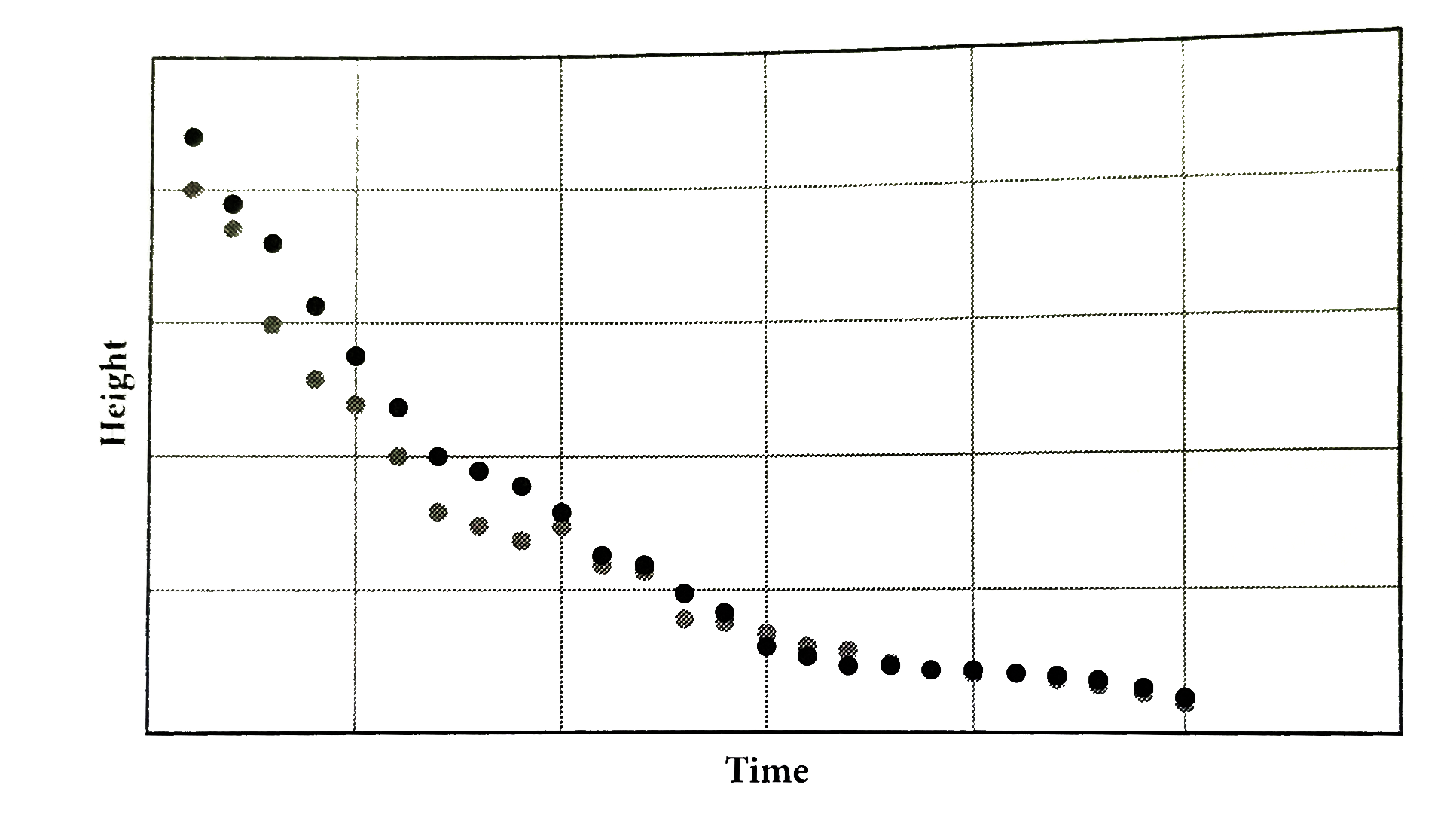Explain the following:
In winter, water tank (or ocean) starts freezing from the surface and not the bottom.
Step-by-Step Solution:
1. Understanding Water's Density Behavior:
- Water has a unique property where it reaches its maximum density at 4 degrees Celsius. This means that at temperatures above or below 4 degrees Celsius, water becomes less dense.
2. Temperature Drop in Winter:
- During winter, the temperature of the air decreases, which in turn cools the surface of the water in a tank or ocean.
3. Cooling of the Surface Water:
- As the surface water cools down, it contracts and becomes denser. This denser water sinks to the bottom of the tank or ocean.
4. Circulation of Water:
- The sinking of the denser water creates a circulation pattern. The warmer, less dense water from the bottom rises to the surface, where it continues to cool. This process continues until the entire body of water reaches 4 degrees Celsius.
5. Formation of Ice:
- Once the surface water reaches 0 degrees Celsius, it begins to freeze. The ice forms on the surface because ice is less dense than liquid water, allowing it to float. This is why the freezing process starts at the surface rather than the bottom.
6. Insulation Effect of Ice:
- The layer of ice that forms on the surface acts as an insulating barrier, preventing the colder air from further cooling the water below. This keeps the water beneath the ice at a temperature above freezing, allowing aquatic life to survive during winter.
- Water has a unique property where it reaches its maximum density at 4 degrees Celsius. This means that at temperatures above or below 4 degrees Celsius, water becomes less dense.
- During winter, the temperature of the air decreases, which in turn cools the surface of the water in a tank or ocean.
- As the surface water cools down, it contracts and becomes denser. This denser water sinks to the bottom of the tank or ocean.
- The sinking of the denser water creates a circulation pattern. The warmer, less dense water from the bottom rises to the surface, where it continues to cool. This process continues until the entire body of water reaches 4 degrees Celsius.
- Once the surface water reaches 0 degrees Celsius, it begins to freeze. The ice forms on the surface because ice is less dense than liquid water, allowing it to float. This is why the freezing process starts at the surface rather than the bottom.
- The layer of ice that forms on the surface acts as an insulating barrier, preventing the colder air from further cooling the water below. This keeps the water beneath the ice at a temperature above freezing, allowing aquatic life to survive during winter.
Topper's Solved these Questions
- HEAT AND ENERGYBOOK - ICSECHAPTER - HEAT AND ENERGYEXERCISE - EXERCISE -6(A) (Multiple Choice Question)
5 Videos
- HEAT AND ENERGYBOOK - ICSECHAPTER - HEAT AND ENERGYEXERCISE - EXERCISE -6(B)
12 Videos
- FLUIDSBOOK - ICSECHAPTER - FLUIDSEXERCISE - TOPIC 2 (4 Marks Questions )
16 Videos
- ICSE ANNUAL EXAMINATION -2020BOOK - ICSECHAPTER - ICSE ANNUAL EXAMINATION -2020EXERCISE - SECTION-II
45 Videos
Similar Questions
Explain the following:
Water pipes in colder countries often burst in winter.
View SolutionExplain the following:
(a) The surrounding become pleasantly warm when water in a lake starts freezing in cold countries.
(b) The heat supplied to a substance during its change of state, does not cause any rise in its temperature.
View Solution
Knowledge Check

A drain at the bottom of a cylondrical water tank is opened and the height of the water is measured at regular time intervals. The tank is refilled and the process is then repeated. The scatterplot above shows the measured height on the y-axis and time on the x-axis for the trials. Which of the following conclusions can be drawn from the observations in the scatterplot?AWater flows out of the drain at a constant rate.BThe flow rate from the tank decreases as the height of the water in the tank decreases.CThe drain is inefficinetly designed.DThe is no relationship between the height of the water in the tank and time.A small bulb (assumed to be a point source) is placed at the bottom of a tank containing water to a depth of 80cm. Find out the area of the surface of water through which light from the bulb can emerge. Take the value of refractive index of water to be 4/3.
A2.6m2B3.6m2C4.2m2D5.8m2
Briefly explain the following terms :
Surface water.
View SolutionExplain the following:
The tyre of an automobile is inflated to a lesser pressure in summer than in winter.
View SolutionThe diagram below shows a point source P inside a water container. Four rays A, B, C, D starting from the source P are shown up to the water surface.

Show in the diagram the path of these rays after striking the water surface. The critical angle for water air surface is 48∘.
View SolutionWhy do lakes freeze from top towards bottom ?
View SolutionThe capacity of a water tank is three times the capacity of another water tank. If 450 L of water is taken out from the first tank and 50 L from the second tank, then the remaining water in the two tanks is equal. Find the capacity of both the tanks.
View SolutionA small bulb (assumed to be a point source) is placed at the bottom of a tank containing water to a depth of 80cm. Find out the area of the surface of water through which light from the bulb can emerge. Take the value of refractive index of water to be 4/3.
View Solution
